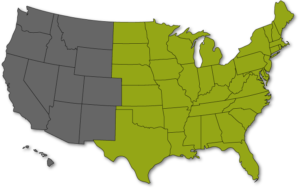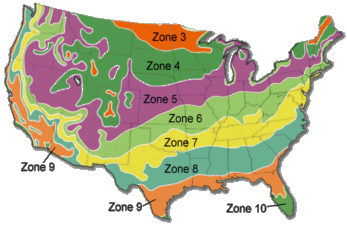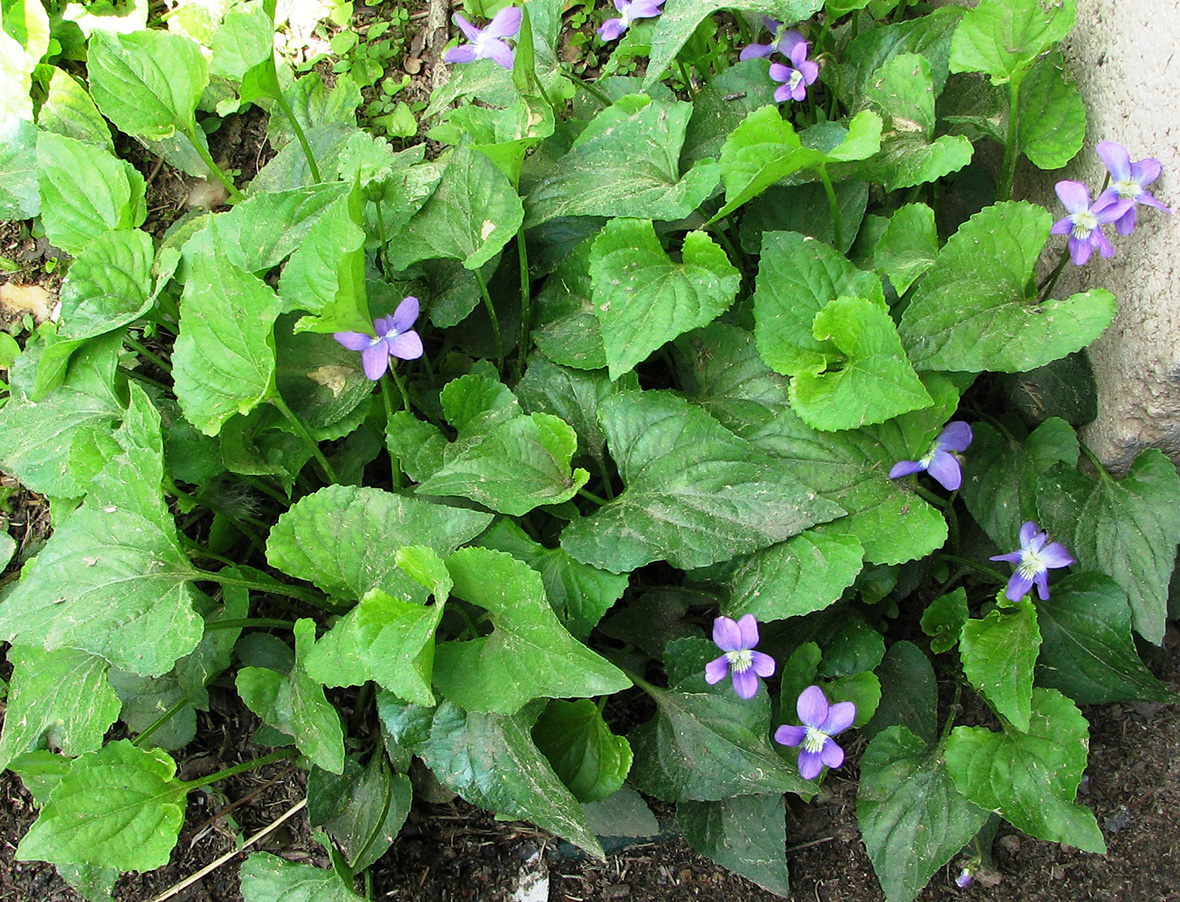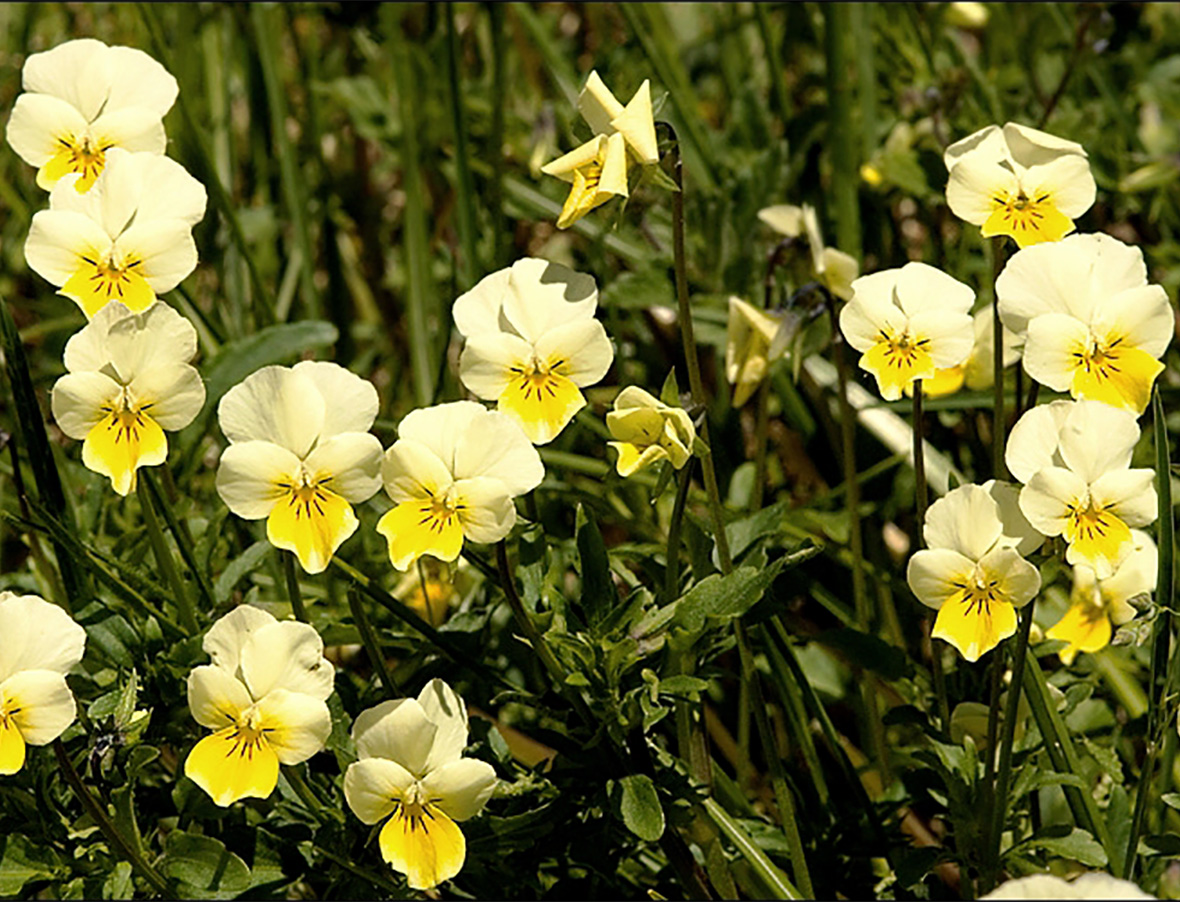Description
Wild violet is a winter perennial, growing 2 to 5-inches tall. It can have a taproot or a fibrous root system, and also can produce rooting stolons and rhizomes. The leaves can vary but usually are heart shaped, on long petioles with scalloped to shallow rounded margins. The flowers of wild violet range from white to blue to purple and appear from March to June. Wild violet flowers are pansy-like with three lower petals and two lateral petals on long single flower stalks. Wild violet is found throughout the United States, except for the Rocky Mountains. Wild violets is more common where they are sold as ornamental ground covers.
Weed Photos: Courtesy of Dr. Lambert McCarty. Clemson University. Clemson, SC.
Herbicide Use
Wild violet control will require a series of post-emergence herbicide applications. For best results, monitor turf closely and make herbicide applications as soon violets reach the two-leaf stage of growth. Herbicide application should provide some control up to the flower stage of growth.
Distribution



Germination Dates



Recommendations
Katana® Turf Herbicide
PowerZone® Broadleaf Herbicide
Q4® Plus Turf Herbicide for Grassy & Broadleaf Weeds
SpeedZone® Broadleaf Herbicide for Turf
SpeedZone® Southern Broadleaf Herbicide for Turf
SpeedZone® Southern EW Broadleaf Herbicide for Turf
Super Trimec® Broadleaf Herbicide
Surge® Broadleaf Herbicide for Turf
Trimec® Bentgrass Formula Broadleaf Herbicide
Trimec® Southern Broadleaf Herbicide for Sensitive Southern Grasses
TZone SE Broadleaf Herbicide for Tough Weeds





